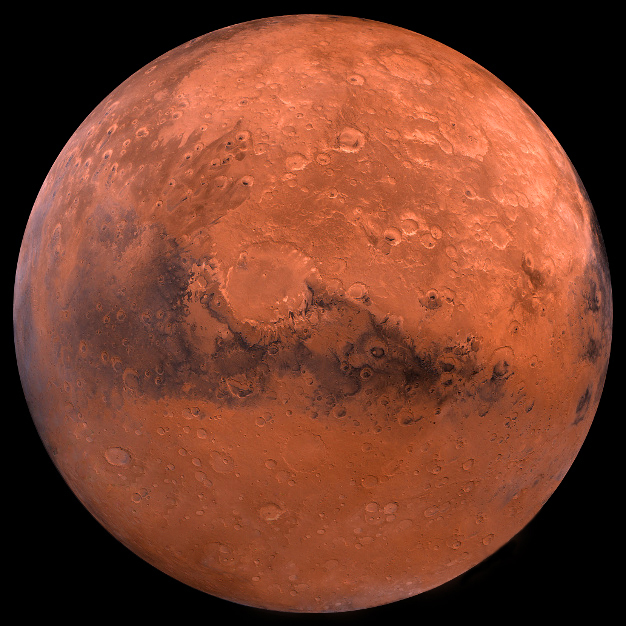
Modern Mars is a desolate husk of a planet, as far as life is concerned. But it’s not completely uninhabitable, since microbes could be hiding in the cracks of rocks and dirt. And now a new study has found a possible food source for these organisms – space dust.
Most of Mars isn’t a very comfortable place to live, by Earthly standards. It’s extremely cold. There’s not much water, and what is there is mostly locked away in the polar ice caps or salty lakes deep underground. The thin atmosphere means that ultraviolet radiation from the Sun sterilizes the surface. And of course, the soil is pretty starved of nutrients.
That doesn’t paint a particularly promising picture of potential life on Mars, but there is still hope. Micro-organisms have been found thriving in some of the most extreme environments on Earth. In essence, the nutrient problem may be the biggest hurdle – and now we may have a food source, according to a new study by researchers from Imperial College London and the Universities of Monash, Stirling and Alberta.
Space is surprisingly dusty, and these tiny specks are constantly raining down on planets. Here on Earth we barely notice, because our thick atmosphere usually burns them up long before they reach the ground. But Mars has a much thinner atmosphere, letting more cosmic dust settle on the surface.
And that dust might provide a smorgasbord for any microscopic life on the Red Planet. Known organisms need molecules made from carbon, nitrogen, oxygen and phosphorus to survive, as well as trace amounts of metals like nickel. These are all common on Earth but seem to be hard to come by on Mars. Falling space dust could fill the niche.
“What Mars lacks is home-grown nutrients,” says Andy Tomkins, lead researcher on the study. “Our calculations of atmospheric entry suggests that micrometeorites survive on the Martian surface much better than on Earth. These dust particles contain abundant iron, nickel, sulfur and probably phosphorus, all of which can provide nutrients. It’s food from space for Martian microbes.”
The team says that the weather on Mars may help this space dust collect in certain places. The wind blows it around, and heavier particles like metals would gather into cracks in the rock, potentially delivering food directly to communities of microbes.
